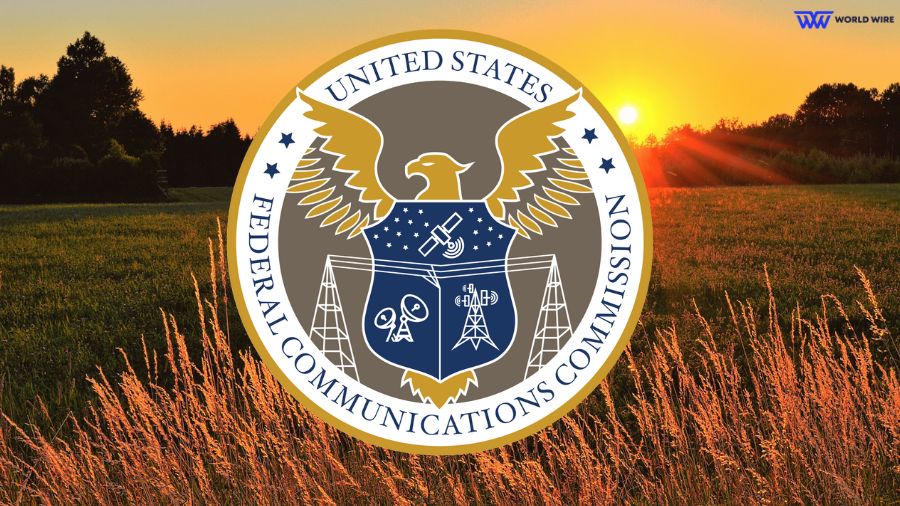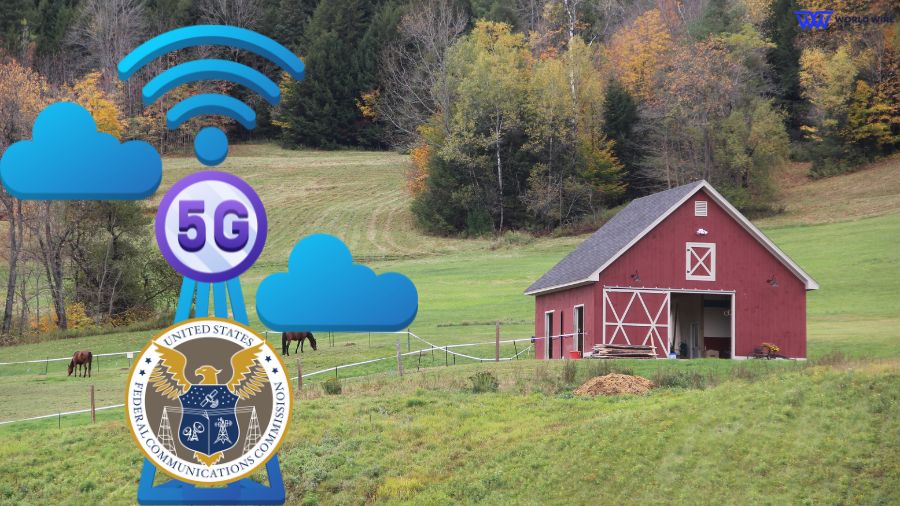The FCC chair, Jessica Rosenworcel, has presented a plan for a reverse auction that may provide up to $9 billion in funds to help with some of the expenses associated with deploying 5G mobile wireless coverage in rural areas.
Let’s read the news and find out more.
FCC Plans to Give $9B for Rural 5G with a Reverse Auction
According to a news release from the commission, these areas comprise 14 million residences and businesses.
The commission has been working on this initiative, formally called the 5G Fund, for several years.
However, the program’s launch was delayed because the commission needed precise data regarding the places that needed to be served.
Starting in 2022, the FCC Broadband Data Collection (BDC) incorporated that data collection. The BDC has provided more detailed information regarding the locations of available and unavailable fixed and mobile broadband.
The 5G Fund’s proposed rules for incorporating Open RAN into funded deployments include incentives of up to $900 million.
Since the U.S. government is trying to prohibit equipment from specific Chinese vendors from U.S. networks, the commission has been highly interested in Open RAN and sees it as a way to encourage the development of low-cost radio access network (RAN) equipment to fill the void.
One of those vendors, Huawei, is the source of RAN equipment used in the networks of some rural providers.
The government has provided cash to replace this equipment, but some stakeholders argue that additional funds are needed.
The five-member FCC commission would need to approve the 5 G Fund plan for it to become a reality.

The FCC press release did not disclose when the commission would decide on the plan or when it would be made available to the public.
However, an earlier version of the fund concept called for restricting eligible areas to resolution-9 hexagons with broadband serviceable locations and/or roads that lack unsubsidized 5G service.
Rosenworcel stated that the plan’s goal is “to expand the 5G service in rural America to where people live, work, and travel, where it is more needed.” A Second Report and Order will contain the proposed regulations.
The FCC will conduct its first reverse auction since the 2020 Rural Digital Opportunity Fund (RDOF) if the regulations are approved.
The auction was contentious because many of the successful bidders did not develop the networks for which they were funded or did not receive the funding itself, which caused the areas that were supposed to receive the high-speed broadband to be unserved.
The commission will probably take action to improve the outcomes of the 5G Fund auction, such as pressing applicants for comprehensive financial information before their participation.
The commission likely gained some valuable insight from the RDOF auction.
Competitive Carriers Association, the representative of the rural wireless industry, provided feedback on the 5G Fund plan.
Tim Donovan, CEO of CCA, stated in a prepared statement that “Details such as eligibility, accurate mobile map data with a robust challenge process, and the timing of a 5G Fund auction are key to avoiding harmful 5G gaps and ensuring the most rural customers are able to share in the benefits of 5G.”
For More Latest Tech News, Follow World-Wire.







Add Comment